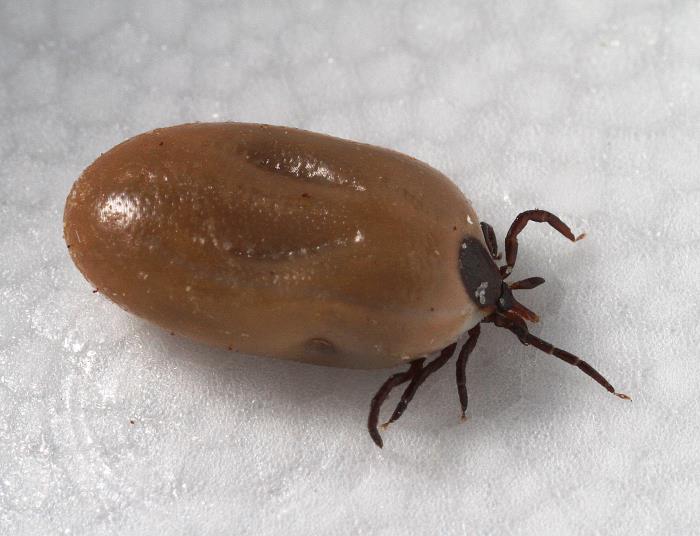Just a couple of weeks after researchers from the University of Pittsburgh at Johnstown in Western Pennsylvania published a study revealing that one in three deer ticks carry the Lyme bacteria, Borrelia burgdorfferi, a biology professor from Muhlenberg College in Allentown and several students tested ticks in the Lehigh Valley area of eastern Pennsylvania to determine the burden of Lyme in ticks in the region.

According to a story published on the Muhlenberg College website, the research team led by Marten Edwards, PhD collected over 800 ticks. Back in the lab, they extract DNA from the ticks to see which ones carry the bacteria that cause Lyme disease. Their results? Roughly 23% of the ticks collected have been infected.
Biology major, Emily Davidson believes the findings will have a great effect on preventing Lyme disease in the Lehigh Valley.
“I think the biggest goal is increasing awareness,” said Emily. “I don’t think people know that the rate of infected ticks is as high as it is. Just knowing the simple steps you can take–like wearing long pants and socks when you go into wooded areas, spraying yourself with DEET and checking yourself for ticks after spending time outdoors–can make a huge difference.”
In order to share this information with the public, the researchers have teamed up with Lehigh Valley Health Network to post signs at some popular hiking trail heads (in both Spanish and English) to enhance tick knowledge.
“The signs are going to be very important to increase awareness,” said Dr. Edwards. “The prevalence of the bacteria in the ticks is certainly high enough to justify putting the signs up.”
Related:

